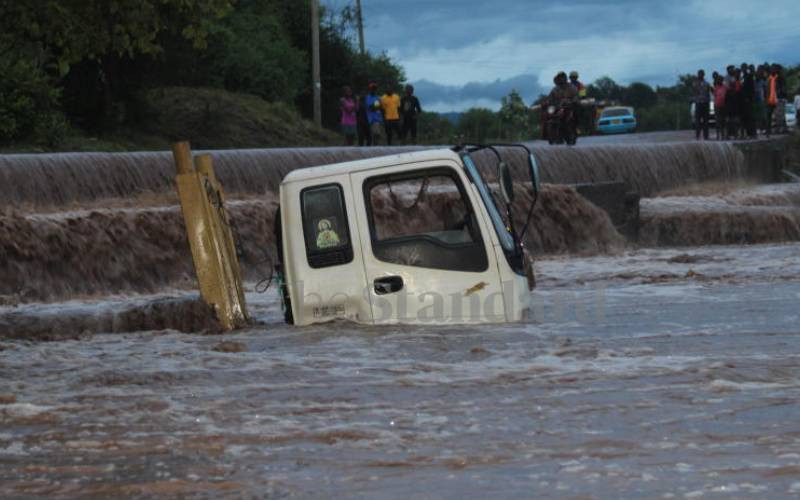Over the last fortnight, Kenyans have been treated to news of criminality and generalised decay in Nairobi's Kilimani area. The neighbourhood has become a hot zone for drug trafficking, carjackings, murder, prostitution and human trafficking, and money laundering, among other crimes.
Here, basic services and infrastructure have decayed. The public-school system has, for all intents and purposes, collapsed. Despite recent attempts to rebuild roads, more needs to be done. Meanwhile, the rapid increase in construction has not been matched by improved capacity in water and sewerage systems. In sum, Kilimani is growing faster than the government can keep it secure or provide essential public goods and services.
In this respect, Kilimani is not unique. The rot in the neigbourhood is a common feature of our urban areas. A significant proportion of urban residents live in informal settlements – without adequate security, water and sanitation, roads or decent housing. For decades we have abandoned any pretense to urban planning, including in the so-called “leafy suburbs.” The result has been a confused urban landscape that exacts a heavy toll on Kenyans. The least fortunate among us live the farthest from their places of work and important public amenities. We lack a proper commuter system. And our local governments are as good as dead.
What is the way forward? One option would be to raze everything to the ground and start afresh. This would be an expensive enterprise and would needlessly rob us of the history of our neighbourhoods. We certainly should relocate structures that block important storm drains and other vital infrastructure.
But we should sacrifice everything in the name of sterile planning.
The second option is to impose order on the existing chaos. While at first this may sound like an impossible task, it is actually the cheaper and more politically feasible option. In the grand scheme of things, Nairobi is not the most densely populated urban area in the world. And even in the crowded eastern reaches of the cities, buildings largely leave room for roads and other infrastructure. With serious planning we could impose order to these existing estates. We can widen some roads, ban cars from others, build new markets and commercial zones, and build storm drains and power and communication lines under the roads.
Developments in Kilimani over the last several years need not have turned out badly. Mixed use zoning, like in Kilimani, is actually a good thing. If people are able to live close to their places of work and shops, it creates closer community and minimises need for long commutes.
However, the problem is that, like in other instances, the government did not do its homework ahead of time. The opening up of Kilimani to commercial buildings was not accompanied by investments in infrastructure, amenities and security. To the extent that anyone voiced concerns, it often came in the form of classist lamentations about the aesthetics of cloth hanging on balconies.
What residents of Kilimani and elsewhere ought to be demanding for are well-designed mixed-use neighbourhoods with adequate provision of public goods and services.
As we think about places like Kilimani, we must also remember neighbourhoods in lower income brackets in our urban areas. These places, too, need critical government investments to reduce crime, improve roads, water and sewer systems to enable job-creating economic opportunities. Kenya will only keep getting more urban over the next several decades. This should be a wakeup call for us to begin taking urban planning seriously.
- The writer is an Assistant Professor at Georgetown University
 The Standard Group Plc is a
multi-media organization with investments in media platforms spanning newspaper
print operations, television, radio broadcasting, digital and online services. The
Standard Group is recognized as a leading multi-media house in Kenya with a key
influence in matters of national and international interest.
The Standard Group Plc is a
multi-media organization with investments in media platforms spanning newspaper
print operations, television, radio broadcasting, digital and online services. The
Standard Group is recognized as a leading multi-media house in Kenya with a key
influence in matters of national and international interest.
 The Standard Group Plc is a
multi-media organization with investments in media platforms spanning newspaper
print operations, television, radio broadcasting, digital and online services. The
Standard Group is recognized as a leading multi-media house in Kenya with a key
influence in matters of national and international interest.
The Standard Group Plc is a
multi-media organization with investments in media platforms spanning newspaper
print operations, television, radio broadcasting, digital and online services. The
Standard Group is recognized as a leading multi-media house in Kenya with a key
influence in matters of national and international interest.








